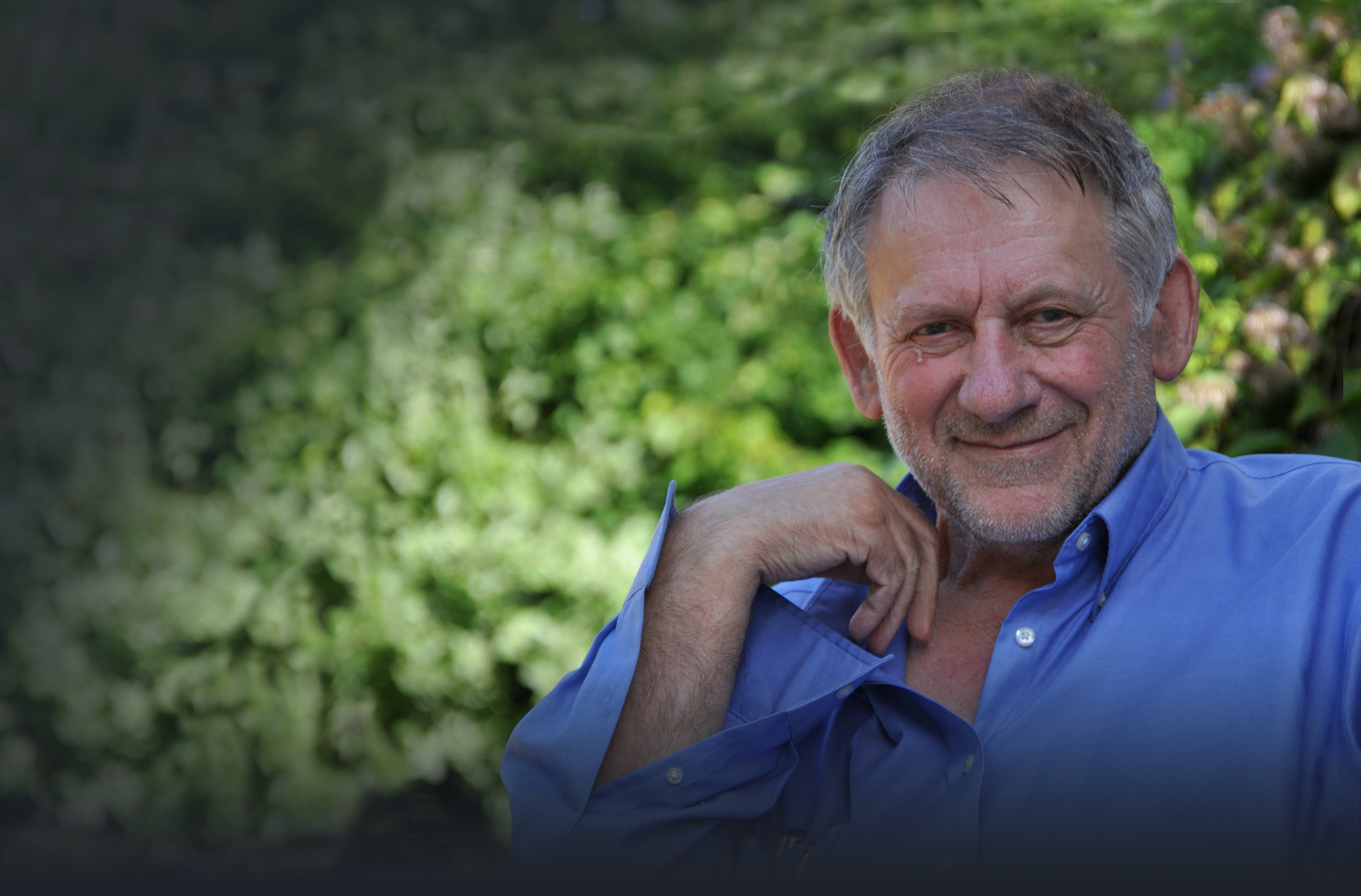

“True belonging, the feeling that the Earth is ours and that the community is ours, comes –and must come, I think – at least in part according to the degree to which we have a shared vision of our community. The community is ours because we share it; and to share it we must have an agreed-on understanding of life there, what life means, how life is embodied in that place.”
The Nature of Order: Book 3, A Vision of a Living World, 2005, p260

Alexander’s Professional,
Scientific, and Hands-on Disciplines
Architect, Builder and General Contractor
Alexander, besides being a licensed architect, was a licensed general contractor. He designed and built more than 150 projects on four continents. In each project, he promoted active experimentation on construction techniques, materials, design processes, and color design in public buildings, towns, neighborhoods, low cost housing, and private homes.

Scientist and Author
Alexander wrote 18 books and over 200 articles on his research. These included numerous papers and reports on the work he did with the Center for Environmental Structure. The four books of “The Nature of Order” comprise the most comprehensive discourse of his work.
Others have explored the impact of his work in many books, academic papers, articles, videos and podcasts.
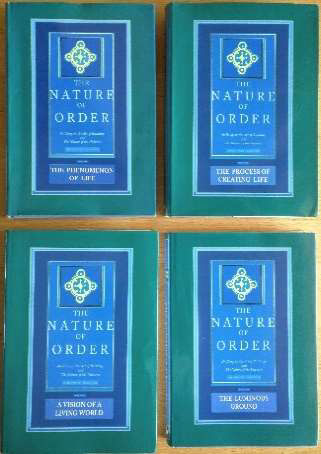
Teacher and Professor
Alexander taught Architecture for 38 years at the University of California Berkeley with students from all over the world. His teaching method was unique. He shared his research queries with his students and worked closely with them, being genuinely interested in their way of thinking and conveying his experience in pursuing precise answers. Real projects and work in groups made his studio classes to be an introduction to the professional world of architects. Moreover, he made sure to give the opportunity to each student to construct something, using his/her hands.
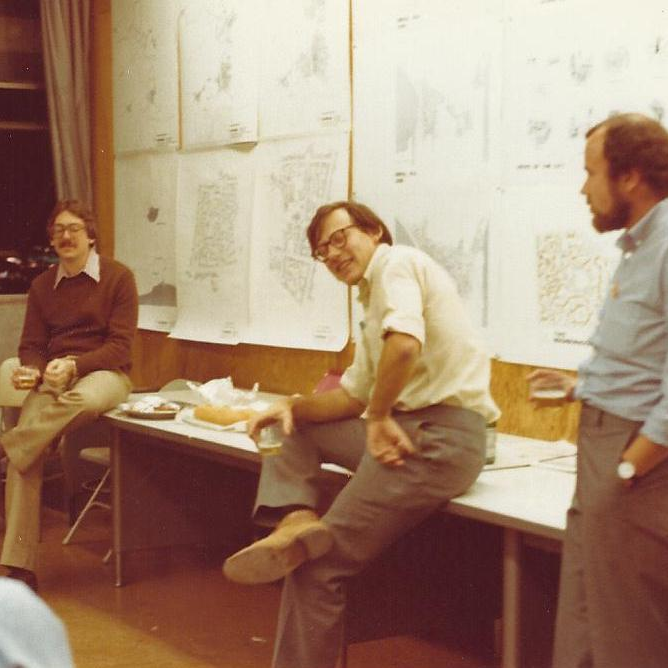
Founder and President of the Center for Environmental Structure
Alexander founded the Center for Environmental Structure in 1967, as an independent non-profit corporation set up to create an environmental pattern language. Its initial main activities were three: To undertake contracts to develop patterns and pattern languages, within the context of professional projects; to undertake basic research that emerged from these projects; and to publish and distribute this work.
Over the years, Alexander expanded the size and scope of C.E.S., enriching research beyond the theory of patterns, and undertaking large projects. The aim of C.E.S. was to provide publicly accessible models of working processes able to alter the design and construction of buildings throughout the world.
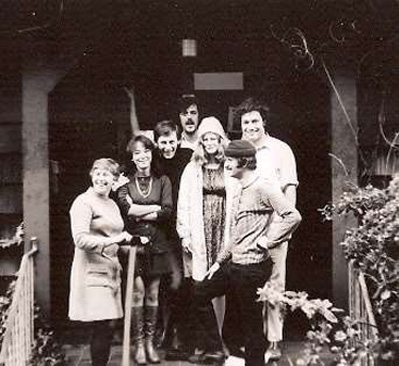
Artist and Art Collector
Alexander loved to make things with his own hands. His artwork includes paintings, woodcarvings, wooden panels, hand-painted tiles, hand-made terrazzo, furniture, and poster designs. Each of these items was a study into form, color, and details that produce life in the environment.
Alexander collected unique pieces of art for studying the creative processes and design principles, which contributed to their profound feeling. He wrote in “A Foreshadowing of 21st Century Art: The Color and Geometry of Very Early Turkish Carpets”:
“As a main part of my work, I have found it necessary to go deeper and deeper into the actual making of buildings. Not just the obvious structural part, but the fine-tuned fabric of which the building is made up. Its members, floors, roofs, wall patterns, floor details – in sum, the way the building is made at the microscopic level…”
“Thus, the idea that when we make the world we are trying to produce this endless structure, in which tiny organization of color and form produces the structure of the world — is literally and physically embodied in a carpet. So the carpet itself, as an artifact, is a teacher too.” pp. 7 & 8.
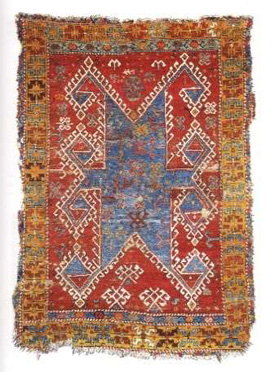
Public Events
Alexander gave many guest lectures at international universities and conferences, and interviews on video, radio and television in the US, UK, Japan and Finland. He organized a well renowned exhibit of his carpet collection in San Francisco and participated in others, exhibiting the C.E.S. projects together with his research and books.




